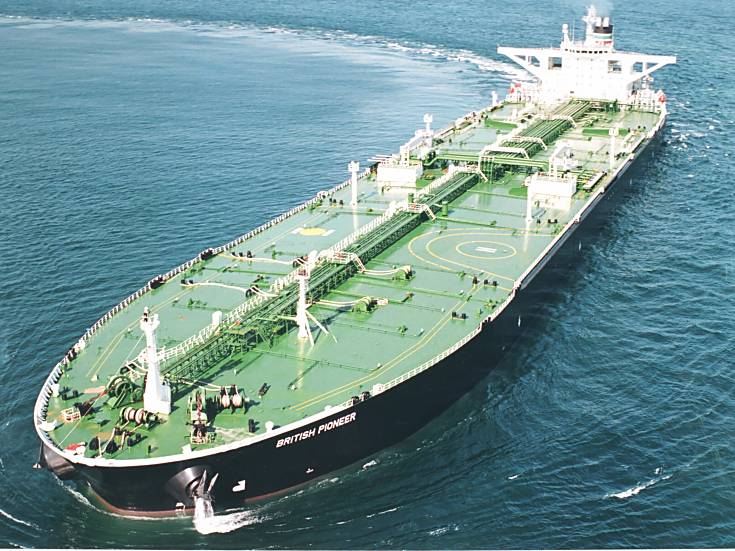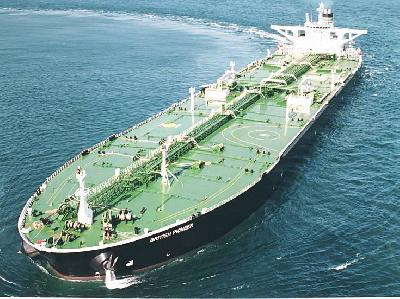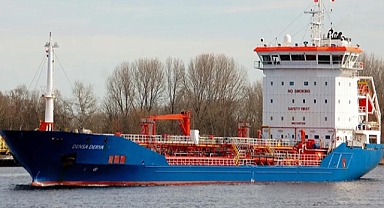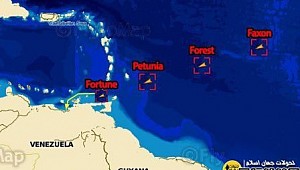
An oversupply of VLCC tonnage is expected to weigh down on rates for supertankers, despite projections of yet another annual increase of oil demand during 2011, as the world economy maintains its recovery path.
A recent quote from executives at Maersk Tankers mentioned that as much as 60 VLCCs are expected to hit the water this year, adding tonnage and making the freight market rather turbulent with many highs and lows, much like what’s been happening during the past couple of years in the dry bulk market as well.
A new weekly report from London-based shipbrokers Gibson said that the “swollen VLCC fleet isn’t likely to get much relief from shipbreaking over the next few years. With only a few single hull vessels remaining, we have a young double hull VLCC fleet facing further expansion.
At the moment the age profile of the VLCC market is extremely unbalanced. Last year saw 56 VLCC deliveries, while only 30 vessels exited the fleet through scrapping and conversions. As exciting as the phase out of single hull fleet might have been, it has not changed the ugly fact that VLCC tonnage is growing too fast in an already oversupplied market. Also, this trend is about to get worse, because of the young age of the existing double hull VLCCs. Out of 507 vessels currently trading, more than two thirds are under10 years old. The chances for younger VLCCs to end up on a beach are very low, because even in a tough market the asset value of a 10-year old VLCC will be significantly higher than revenue generated from a demolition sale. Only 40 (8%) vessels are in the “vulnerable” age of 15-20 years old. In contrast, there are 187 VLCCs on the orderbook, with around 60 expected to be delivered in 2011. Hence, the double hull VLCC fleet is likely to grow by another 10% this year alone” said Gibson.
So where does demand stand? Well, Gibson maintains that this year cargo demand won’t be enough to cater for all those vessels. “The total expenses, including capital and fixed operating costs of running a brand new VLCC are about $50,000/day. Current TCE earnings on the benchmark VLCC route TD3 (ME Gulf – Japan) are just above $17,000/day.
Considering that the tanker fleet is growing faster than world oil demand, a long-term jump in rates in the next twelve months is very unlikely. Moreover, due to continuing oversupply of tonnage, the rivalry for available cargoes could intensify, putting additional downwards pressure on spot rates. Hence, any hopes of getting a full return on investment for VLCC new deliveries will probably not come to fruition in 2011.
However, the long-term outlook seems to be much brighter. There are strong projections for oil demand growth in the next 4 years. This will be coupled with higher demand for long haul crude transportation due to forecasted increase in OPEC production. These positive developments may eventually soak up the expanded VLCC fleet. Until then some of the new VLCCs may try to enjoy their “student” life, being unemployed but with good prospects” concluded the shipbroker.
Ultimately, ship owners are willing to take the hit in the short-term in order to enjoy the benefits in the long-term. As ship values have plummeted well below the previous years’ records, many are opting to renew their fleets at the present time, despite the fact that return on investment will most likely be delayed. It’s a price many are now willing to pay.














